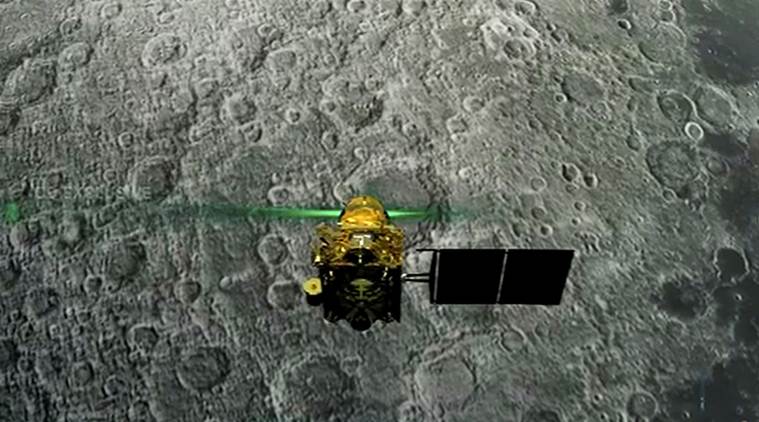
The failure of the Vikram lander module of Chandrayaan-2 to land on the moon as planned is likely to have repercussions on some of ISRO’s other missions in the pipeline, particularly Gaganyaan — the manned space mission which is scheduled for 2022.
ISRO also has several other high-profile missions lined up for the next few years, including a mission to the Sun, a mission to Venus, and a stated plan to set up a permanent space station.
Though Chandrayaan-2 is still likely to deliver on the bulk of its science objectives since the Orbiter module — which is supposed to carry out most of the scientific investigations over the next one year — has remained unaffected, the failure to make a soft landing on the Moon could raise questions on ISRO’s ability to master crucial technologies within a tight deadline.
The manned space mission is a little more tricky because there is absolutely no scope for any margin of error. Though ISRO has had an enviable record in the last couple of decades, the current debacle may force it to re-assess its capabilities, especially with regard to technologies in a manned mission.
Read | Final five mins and the heartbreak hours: Watching hope crash in mission control
An added complication for ISRO is that it is not executing the manned mission by itself. The astronauts are supposed to be picked from the Indian Air Force (IAF) and trained for life in space. The IAF, thus, would have an important say on all decisions taken on that mission. And though there is no reason to lose faith in ISRO, any potential risk to human lives could force everyone to err on the side of caution.
The deadline for Gaganyaan is barely three years away now. As of now, even the selection of candidates has not taken place. About 10 candidates, including women, are supposed to be selected, and all of them would undergo a comprehensive training programme that is likely to take two years. Of these, a maximum of three astronauts would be sent to space for seven days.
Also read | Chandrayaan-2: The men and women behind India’s Mission Moon
Besides, some of the most crucial technologies for the mission are yet to undergo testing. Some essential features of a manned spacecraft are: the capability to re-enter earth’s atmosphere, a special life support system in the module, and an escape system that can eject in case of a faulty launch. A couple of tests on the re-entry technology, a test on the escape system, and several tests on individual components and systems in the life support module have been carried out. But many more tests are required to be done over the next two-three years.
It is possible that ISRO may feel compelled to squeeze in a Chandrayaan-3 mission in between to demonstrate its capability to land on the moon. That could force the diversion of manpower from its other missions. A new Chandrayaan-3 mission, even with the same mandate as Chandrayaan-2, could take up to two years to string together. Such exigencies could, in turn, lead to a re-assessment of current timelines, especially with regard to the manned mission.